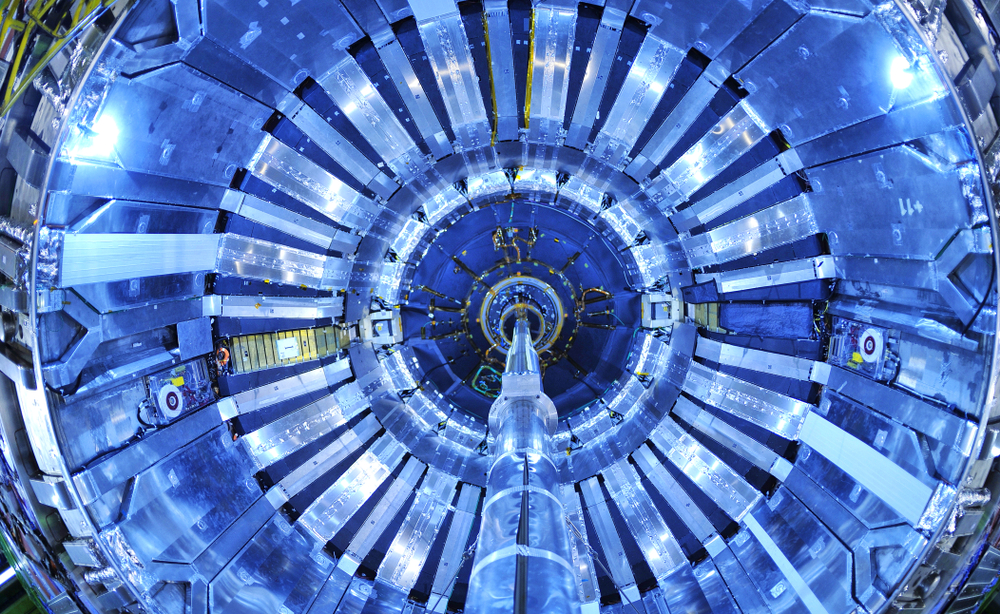In the demanding realm of experimental physics, machine learning (ML) technology is helping researchers analyze colossal but sparse data sets.
Picture the task of extracting information from a book of a thousand pages, each containing merely one line of text. Scanning such a book with a scanner that methodically reads each page inch by inch would be tremendously laborious, with most of the effort wasted on scanning blank space.
Similar applies to experimental physicists, particularly particle physics. Here, detectors record and analyze an overwhelming amount of data, despite only a tiny percentage being useful.
As Kazuhiro Terao, a physicist at the SLAC National Accelerator Laboratory, describes it, “In a photograph of, say, a bird flying in the sky, every pixel can be meaningful,” but in the images physicists often scrutinize, only a small portion truly matters. This labor-intensive exercise squanders both time and computational resources.
ML offers a solution in the form of sparse convolutional neural networks (SCNN).
By enabling researchers to zoom in on the significant parts of their data and filter out the rest, SCNNs accelerate real-time data analysis.
In 2012, Benjamin Graham, then at the University of Warwick, aimed to create a neural network to recognize Chinese handwriting. He adjusted convolutional neural networks (CNNs), a benchmark form of neural network, to make them more suitable for data considered ‘sparse,’ like an image of a Chinese character.
Graham offers another analogy for sparse data: imagine the Eiffel Tower were encased in the smallest possible rectangle, that rectangle would be “99.98 percent air and just 0.02 percent iron.”
If you’re only concerned with the metal, you’re analyzing a massive quantity of useless space.
The advent of SCNNs
After successfully creating a system that could efficiently recognize handwritten Chinese, Graham moved on to a larger challenge: recognizing 3D objects.
He refined his technique and published the details of the first SCNN in 2017 while at Facebook AI Research.
Terao introduced this concept to particle physics at the Fermi National Accelerator Laboratory, which investigates neutrinos (the most elusive and abundant particles with mass in the universe).
Terao recognized that SCNNs could optimize data analysis for the Deep Underground Neutrino Experiment (DUNE), where he noted that the SCNNs processed the data faster and more efficiently than traditional methods.
Looking beyond neutrino research, physicist Philip Harris at the Massachusetts Institute of Technology plans to apply SCNNs at the Large Hadron Collider (LHC) at CERN.
Harris hopes that SCNNs can accelerate data analysis at the LHC by at least a factor of 50, contributing to discovering particles of special interest.





